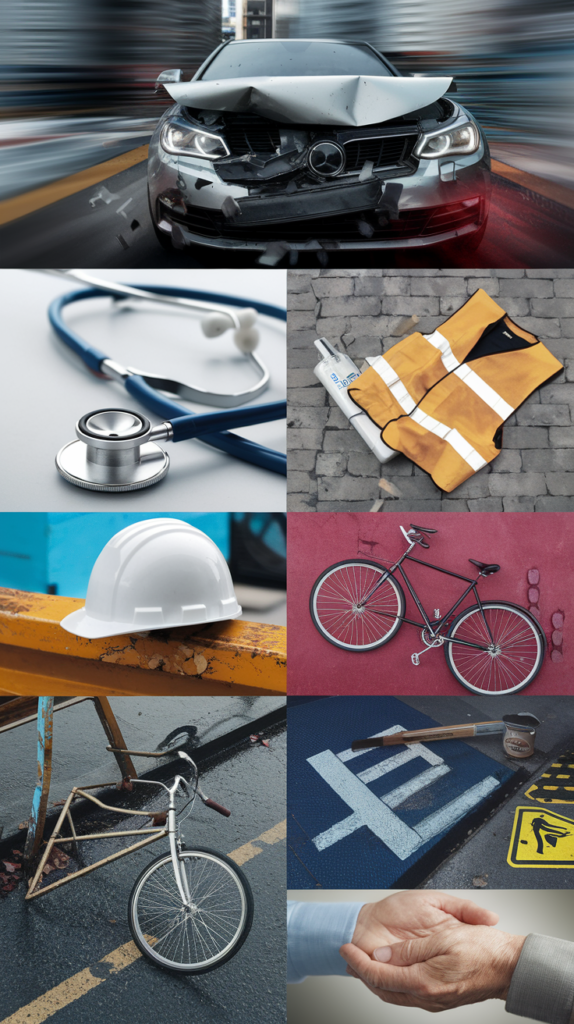Compassionate Legal Support to Secure Justice for Your Family
🏆 No Fees Unless We Win • Over $750 Million Recovered • Free Case Review
While no sum can ever replace your loss, holding negligent parties accountable provides crucial financial relief and a step toward justice. Our legal team handles every detail, so you can focus on healing while we pursue recovery for:
- Funeral & Burial Expenses
- Lost Income
- Loss of Support
- Emotional Suffering
- Your information is confidential. By submitting, you agree to be contacted about your request.
How We Win Your Case – Step by Step

Connect
Submit our Case Review Form, call (212) 732-2929, or use Live Chat.

Consultation
A legal expert contacts you within 24 hours to explain your options.

Strategy & Investigation
We develop a tailored legal plan, gather evidence (e.g., accident reports, medical records, expert testimony), and aggressively pursue maximum compensation for your family.
Your Compensation
What You Can Recover:
- Funeral & Burial Expenses: Financial relief for funeral arrangements
- Medical Bills: Coverage for treatment before passing
- Lost Income: Compensation for missed wages and future earnings
- Pain & Suffering: Justice for emotional trauma and grief
- Loss of Companionship: Damages for the loss of love, guidance, and care
- Punitive Damages: Additional awards in cases of extreme negligence
Past Settlements:
- $12M – Workplace Death Due to Unsafe Conditions
A construction worker lost his life when safety measures were ignored.
- $7.5M – Fatal Pedestrian Accident in NYC
Justice secured after a reckless driver caused a fatal crash.
- $5.2M – Nursing Home Neglect
A preventable death due to improper medical care.

Top Causes of Wrongful Deaths in NYC – Know the Risks

Car & Truck Accidents:
- Negligent drivers
- DUIs
- reckless driving
Medical Malpractice:
- Misdiagnosis
- surgical errors
- failure to treat conditions properly
Workplace Accidents:
- Construction site incidents and industrial failures
Pedestrian & Bicycle Accidents:
- Fatal injuries from unsafe road conditions
- Fatal injuries from unsafe road conditions
Premises Liability:
- Slip and falls
- lack of security
- building code violations
Nursing Home Negligence:
- Elder abuse
- neglect
- inadequate care
What Our Clients Are Saying
Dansker & Aspromonte are professional and caring. I’m thrilled with the outcome of my case!
- Peter Stampfel
My case turned out better than I expected. They got me more than I ever imagined
- Julie Lugo
After my auto accident, I was in pain and scared. D&A handled my case professionally .
- Kevin Valentin
D&A fought hard for my son’s school trip injury case. I would absolutely recommend them!
- Karen Allen
Want to see how we can help you? Get a Free Consultation Today!
How We Build a Winning Case for You:
- Accident Scene Investigation: Gathering surveillance footage, accident reports, and medical records
- Employer Negligence Review: Examining safety protocols, equipment records, and workplace safety violations
- Expert Testimonies: Employing industry experts to connect injuries to the wrongful death incident
- Negotiation & Trial: Aggressively pursuing settlements or taking cases to court when needed

Don't Wait! Get the Compensation You Deserve.
- No Fees Unless We Win!
- Millions Recovered for NYC Families
- Award-Winning NYC Wrongful Death Lawyers






